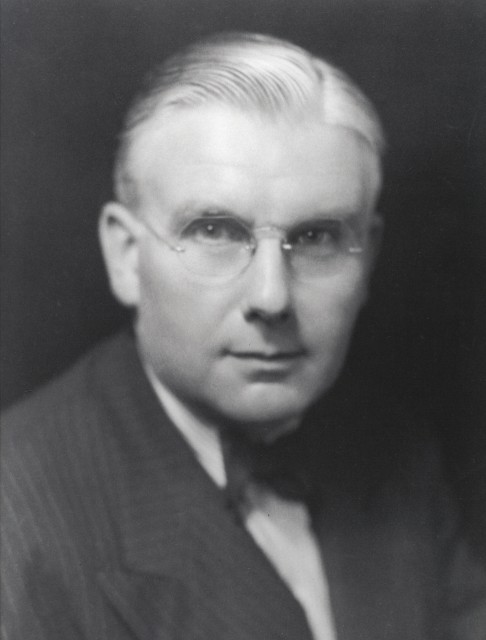Herman Francis Mark
1895-1992

Mark was one of the originators of polymer science, and had a profound influence on the field for over 60 years. His multifaceted career encompassed academia, industry, and an industrial consultant. As early as 1922, he applied the then new science of X-ray crystallography to the study of natural fibers. His work on graphite did much to dispel the notion that a unit cell must be larger than the covalent molecule, and provided important support for Staudinger's idea that polymers are macromolecules, and not just aggregates of small molecules. Mark published the first crystal structures of cellulose, silk fibroin, rubber and chitin. Obliged to leave Germany and later Austria because of the Nazis, he moved, in 1938, to Canada, and two years later to the Polytechnic Institute of Brooklyn where he established a curriculum in polymer chemistry, the first of its kind. He traveled widely in the U.S. and Europe, giving lectures on "What's New in Polymers", and was a co-founder of the Journal of Polymer Science. Mark received the National Medal of Science (1980) and many other honors. He was known affectionately to colleagues and students as "the Geheimrat", because he could not be more different from the image of pompous, self-important men who boasted this title.
Sponsor: Barnett and Ritta Rosenberg
Location in chemistry building: Second Floor; West Wing North Wall; Sequence 4
Source: Chemical Heritage Foundation